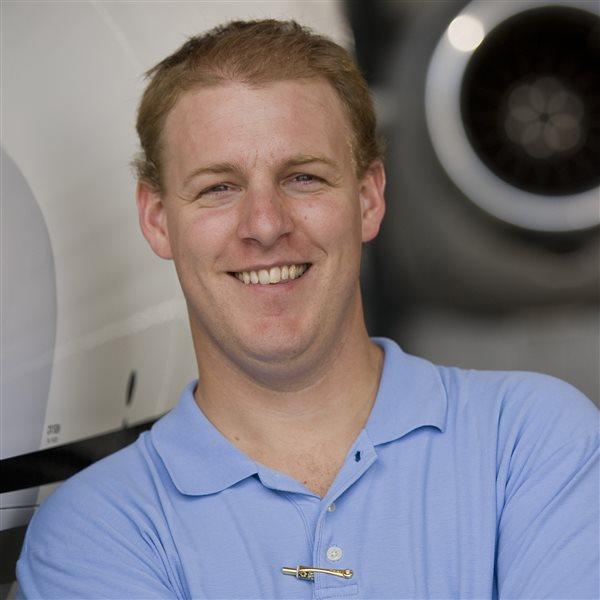SkyTrek Alaska
It took a global pandemic for Jamie Patterson-Simes to make a change. The owner of SkyTrek Alaska was working 100 hours a week instructing and running her Anchorage-based flight school. Then the COVID-19 pandemic hit, and for her and SkyTrek Alaska, there’s no going back to the way things used to be.
SkyTrek Alaska opened in 2014, and Patterson-Simes’ cozy environment, personalized attention, and effective teaching earned the school Best Flight School of the Year honors from AOPA’s Flight Training Excellence Awards in 2017. Students raved about Patterson-Simes and her thorough, thoughtful instructional techniques. The school’s fireplace and free tea made students feel comfortable, and Patterson-Simes made sure each student felt valued and secure at the school.
But below the calm exterior was an instructor grinding away at the business, afraid at any moment that if she slowed it would all come crashing down. “I worked during the day flight instructing, and ran the business (accounting, books, meetings) in the evening hours after I flight instructed all day long,” she said. “My personal life, social life, and health were in shambles. I felt if I slowed down, that my business would self-destruct.”
Then, in March, she and the other flight schools at the airport closed while the mayor, state department of transportation, and airport manager worked through whether training would be deemed essential. “I was strangely calm during this time,” she said. After spending hours on a re-opening plan she was allowed to restart operations. She and her students continue to wear masks in the cockpit. Patterson-Simes took the break as a sign. Instead of going back full speed, she rethought what her school could be.
Her first step was to cap her current student load at five. She stopped teaching people late into the evening, and made further commitments to student attention. All her lessons are three hours, making sure the student doesn’t feel rushed, and that she can take the time to properly explain things, especially in the beginning. If it takes a new student an hour to obtain the weather, she’ll take that time and make sure they understand it fully, for example.
Her schedule, which used to be fully booked months out, dropped to about 10 days. There are still students waiting months to begin training, however. She says no to students who can’t commit to the process. If they won’t be able to show up three or four times a week, she encourages them to seek training elsewhere. “My school is a place of peace and calmness, which I ensure at every step of training,” she said.
Today, she only has two full-time students. The rest of her schedule is filled with type-specific transition training, flight reviews, night currency flights, and other non-intensive training. To keep it working smoothly she employs an assistant. “My assistant … screens every call or visitor that comes in,” she said. That level of control over the influx of contacts enables Patterson-Simes to be yet more focused on instructing.
What’s resulted is a school that is even more exclusive over who it trains and how it does it. “Think of it like a hotel,” she said. “Do you want to be a big chain or a boutique? I’m like a boutique hotel.” And by charging more for her time, she is making just as much now as when she was working 100 hours a week.
An obvious solution to bring in even more business would be to hire instructors, but past experience has told her it isn’t worth the hassle. Instructors in the past either haven’t been professional, don’t know how to teach, or leave her in a lurch when they move on to one of Alaska’s plentiful charter jobs. “It’s just easier to have me and a few airplanes,” she said.
Simplicity and calm in the face of a pandemic. It’s a place Patterson-Simes never imagined, but one she never wants to abandon.



